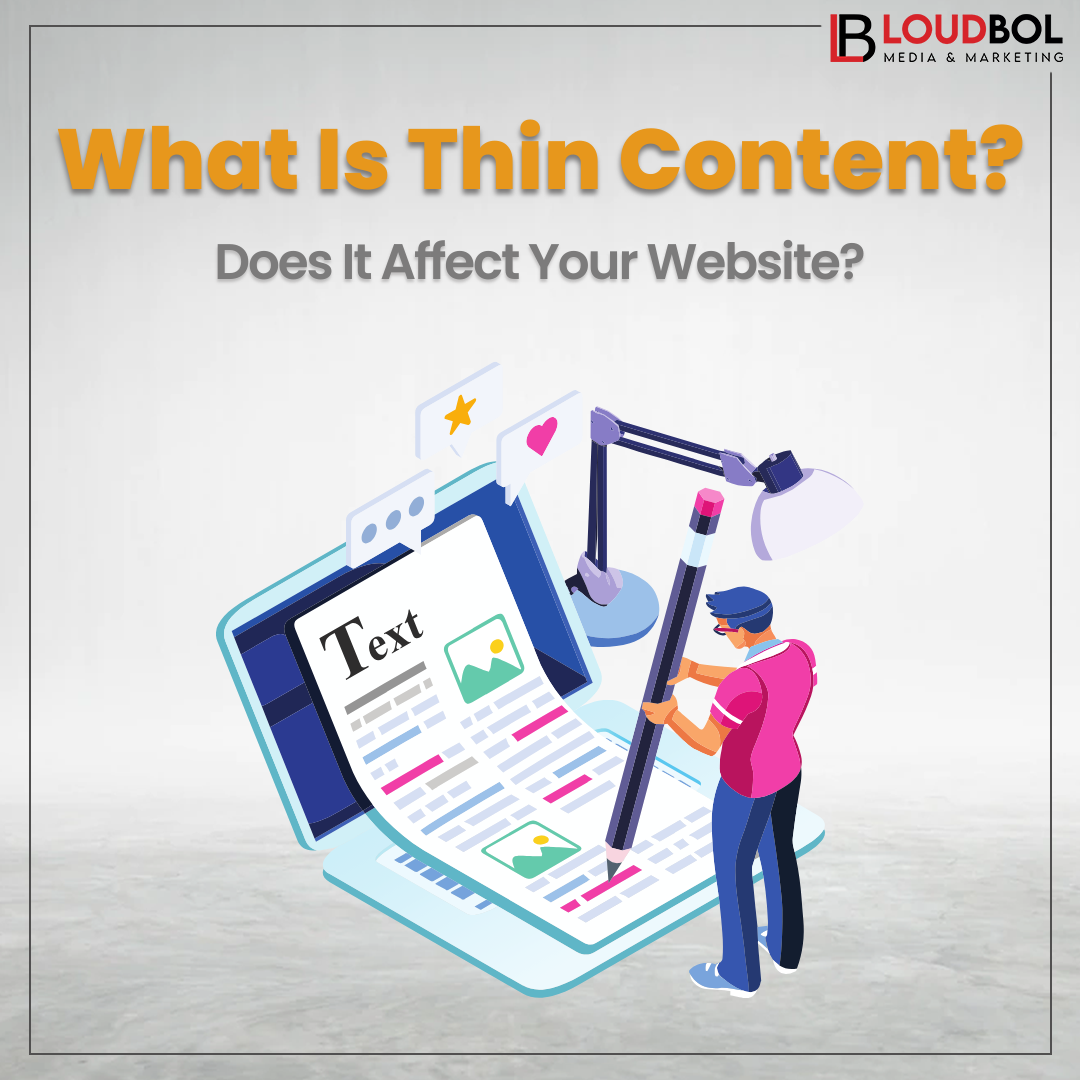“The world is full of beautiful beaches! Here are 5 of them: 1. Beach. 2. Another Beach. 3. Yet Another Beach. 4. Beachy Place. 5. Sandy Shores.”
This content simply lists beach names without any details, pictures, or descriptions. It doesn’t provide any insights, recommendations, or information that would help a user decide which beach to visit.
In the realm of SEO, thin content refers to website pages that lack substance and offer little to no value to users. Imagine them as empty cereal boxes: visually appealing on the outside, but with nothing substantial inside.
It fails to provide comprehensive information, address search intent effectively, or engage the audience in a meaningful way. Often, thin content manifests in various forms, including:

Short and superficial pieces: Content with minimal word count, lacking in-depth analysis or insightful information.
Duplicate content: Duplicate content is when the same content appears on multiple pages or is copied from other sources without adding any unique value.
Low-quality content: Low-quality affiliate content refers to content that is created solely for promoting affiliate products with minimal informative value. This content is created solely to promote affiliate products and lacks any substantial information.
Automatically generated content: Automatically generated content is created by algorithms without human intervention. It may sometimes result in nonsensical or irrelevant information.
Doorway pages: These pages have no valuable content and exist solely to redirect users to other pages. How Does Thin Content Affect Your Website?
While thin content might seem like a harmless addition to your website, its consequences can be detrimental:

Lower search engine rankings: Google prioritizes websites offering valuable and informative content. Thin content fails to meet this criterion, leading to lower rankings in search results.
Increased bounce rate: Users landing on thin content pages are likely to leave quickly due to the lack of valuable information, negatively impacting your bounce rate.
Damaged website reputation: Thin content reflects poorly on your brand, portraying you as unprofessional and unreliable, potentially deterring potential customers.
Reduced website traffic: Lower rankings and higher bounce rates translate to fewer visitors reaching your website, hindering your overall traffic and engagement.
Potential Google penalties: In extreme cases, Google may penalize websites with excessively thin content, further impacting their visibility and search ranking.
Identifying Thin Content on Your Website:
Recognizing thin content on your website is crucial for taking corrective action. Here are some red flags to watch out for:
Content length: While word count alone isn’t a definitive indicator, pages with very low word count (generally below 300 words) often lack sufficient depth to be considered valuable.
Content quality: Analyze the content for its substance. Does it answer user queries comprehensively? Does it offer unique insights or valuable information?
Originality: Check for duplicate or scraped content from other sources without adding significant value.
User engagement: Pay attention to metrics like bounce rate and time spent on the page. Do users engage with the content, or do they leave quickly?
Combating Thin Content: Strategies for Success
If you’ve identified thin content on your website, don’t despair! Here are some effective strategies to address the issue:
Enhance existing content: Expand thin pages with additional information, data, examples, or visuals to improve their depth and value.
Merge thin pages: Combine multiple thin pages with similar topics into a single, comprehensive resource.
Rewrite low-quality content: Invest in rewriting thin content to provide valuable and informative information relevant to your target audience.
Create high-quality content: Focus on creating in-depth, informative, and engaging content that addresses user search intent and establishes your expertise.
Remove irrelevant content: If certain pages offer no value and cannot be improved, consider removing them altogether.
Beyond the Word Count: Focusing on Quality and Value
It’s important to remember that thin content isn’t solely defined by word count. Even longer pieces can fall into this category if they lack substance, originality, or user engagement. The key lies in prioritizing quality and value.
By creating content that informs, educates, and engages your audience, you can ensure your website stands out in the vast ocean of online information. Remember, Google, and ultimately your users, value websites that offer genuine value and contribute meaningfully to the online landscape.

Investing in high-quality content creation might seem like an ongoing effort, but the long-term benefits for your website’s SEO, reputation, and user engagement are undeniable. Creating valuable content and actively combating thin content is crucial for building a sustainable and successful online presence.
Remember, quality over quantity reigns supreme in SEO. Strive to create content that truly nourishes your audience’s information hunger, not just empty, visually appealing boxes on the web.




Its like you read my mind You appear to know so much about this like you wrote the book in it or something I think that you can do with a few pics to drive the message home a little bit but instead of that this is excellent blog A fantastic read Ill certainly be back